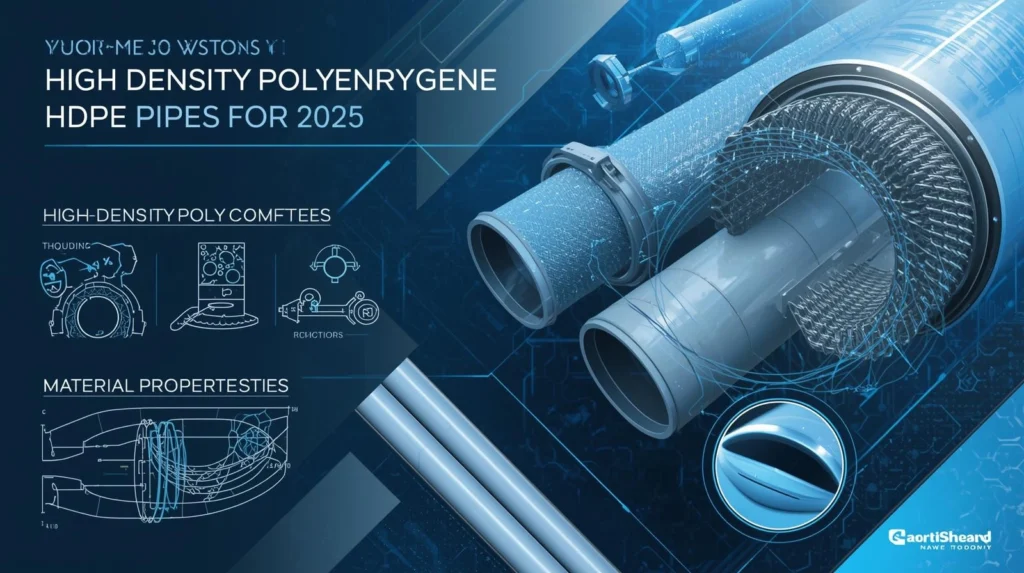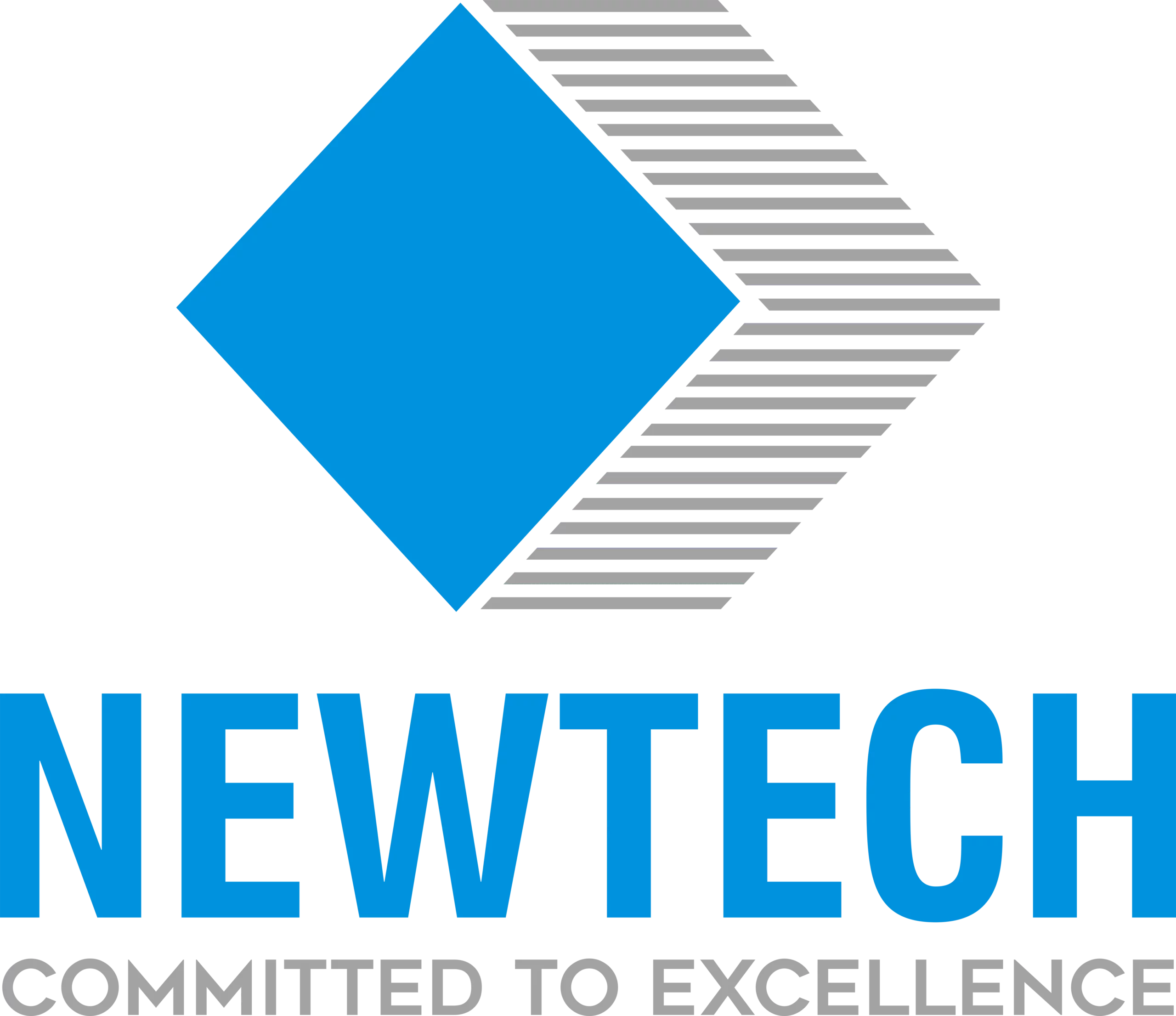When it comes to installing HDPE (High-Density Polyethylene) pipes, businesses face a balancing act: how to minimize costs without sacrificing the long-term quality and durability of their infrastructure. Whether you’re installing pipes for water, gas, or sewage systems, the price tag of installation can quickly spiral out of control if you aren’t careful.
In this blog post, we’ll explore how to save on HDPE pipe installation costs by focusing on smart strategies, careful planning, and practical adjustments. By the end, you’ll know how to reduce expenses while still ensuring that your HDPE pipes perform optimally for years to come.
Why Are HDPE Pipes Expensive to Install?
Before we dive into cost-saving strategies, it’s important to understand why HDPE pipe installation can be pricey. The cost typically arises from three major factors:
- Material Costs: HDPE pipes, while durable and resistant to corrosion, come with a higher initial material cost compared to traditional alternatives like PVC.
- Labor Costs: The installation of HDPE pipes requires specialized equipment and skilled labor to handle welding, fusion, and trenching.
- Logistics: Transporting and handling HDPE pipes, particularly in large-diameter installations, can add to the overall project cost.
Understanding these factors will help you pinpoint areas where savings can be achieved without affecting quality.
1. How Can Pre-Installation Planning Help Save Costs?
Start with Thorough Site Evaluation
Effective pre-installation planning begins with a detailed site evaluation. By assessing the landscape, soil conditions, and environmental factors, you can identify the best installation methods, which can significantly reduce costs. For instance, opting for trenchless installation techniques (like horizontal directional drilling) may be more expensive upfront but can save you money in excavation and restoration costs.
Pro Tip: Always work with a surveyor or contractor who understands your local regulations and terrain to ensure a more efficient and cost-effective installation process.
Streamline Project Design
Streamlining the design process can also lead to substantial savings. By opting for a more straightforward pipe layout with fewer bends and fittings, you can reduce material waste and labor time. Additionally, consider using HDPE pipes that come in larger pre-fabricated sections, reducing the need for numerous joints and reducing the risk of future leaks.
2. How Does Choosing the Right Pipe Size Impact Cost?
Avoid Over-Specification
Choosing the right size HDPE pipe for the project is a key area where many projects unnecessarily inflate costs. Oversizing pipes can significantly increase material costs, as larger pipes are more expensive. Conversely, undersizing can lead to future operational problems, like poor water pressure or system failure.
Before committing to a pipe size, thoroughly assess the needs of your project. For example, a small residential area won’t require the same diameter pipes as a large industrial complex. Always work with an engineer who can ensure the pipe’s capacity meets the needs of the system but isn’t oversized.
Expert Insight: According to the American Water Works Association, underestimating pipe size for a water system is just as problematic as overestimating it. A balance between upfront costs and future utility needs is essential.
3. What Role Does Pipe Quality Play in Cost Efficiency?
Invest in High-Quality Pipes for Longevity
It might seem counterintuitive, but sometimes opting for high-quality HDPE pipes can save money in the long run. While cheaper, lower-grade pipes may seem like an immediate cost-saving option, they can result in higher maintenance costs, potential repairs, and even complete replacements down the road.
Investing in high-quality pipes from reputable manufacturers ensures that the pipes are built to withstand environmental conditions, pressure variations, and chemical exposure. This durability leads to fewer breakdowns and lower maintenance costs.
Case Study: A municipal project in California that initially chose lower-grade HDPE pipes for their water distribution system experienced leaks within five years. The city later replaced the pipes, incurring double the original cost. A higher-quality pipe would have offered greater longevity.
4. How Does the Installation Method Affect Costs?
Choose the Most Cost-Effective Installation Method
The installation method is another factor that can significantly impact costs. HDPE pipe installation traditionally involves trenching, which can be costly due to excavation, backfilling, and surface restoration. However, trenchless installation techniques, such as pipe bursting or directional drilling, can often provide cost savings in areas with difficult terrain or where traditional digging would disrupt existing infrastructure.
Although trenchless methods may have higher initial costs, they can save on labor, disruption, and the need for extensive restoration work. It’s especially beneficial when working in urban areas or where environmental impact is a concern.
Pro Tip: Always assess the total cost of each installation method, including labor, material handling, and potential delays, before making a decision.
5. Can Bulk Purchasing Reduce HDPE Pipe Costs?
Take Advantage of Bulk Buying and Discounts
Another effective way to reduce costs is by purchasing HDPE pipes in bulk. Many suppliers offer discounts for large-volume orders, which can provide significant savings on a per-unit basis. However, it’s important to ensure that the pipe quality and supplier are reliable.
Bulk purchasing can also reduce transportation costs if pipes are sourced locally or if you plan to use the pipes for multiple projects over time.
Pro Tip: Partner with a supplier who offers not only competitive pricing but also long-term support and warranty. This partnership can save you costs in both the short and long term.
6. What Are the Hidden Costs You Should Watch Out For?
Be Aware of Subcontractor Fees and Unexpected Costs
Subcontractor fees can quickly add up during an HDPE pipe installation project, especially when unforeseen issues arise. Unexpected obstacles like buried utility lines, rock formations, or inclement weather can delay the project, adding labor and material costs.
One way to mitigate these costs is to select a highly experienced contractor who can anticipate challenges before they arise. Additionally, build contingency costs into your budget to cover any surprises that might emerge.
Case Study: A large residential development project faced delays due to rocky soil, causing the installation to exceed the original timeline. With proper planning and a more accurate assessment of the ground conditions, these delays could have been avoided.
7. How Can Technology Help Save on Installation Costs?
Use Technology for Accurate Cost Estimation and Project Management
Modern technologies, such as Geographic Information Systems (GIS), Building Information Modeling (BIM), and automated pipe welding machines, can help reduce errors during installation. These tools assist with precise project planning, pipeline routing, and real-time monitoring, ensuring that you only pay for what you need.
Moreover, adopting software to track the project’s progress can help avoid costly delays and streamline operations. Ensuring your project stays on schedule is critical for minimizing labor costs and avoiding overtime expenses.
Conclusion
Saving on HDPE pipe installation costs is all about making smart, informed decisions at every stage—from planning and pipe selection to installation methods and material sourcing. By following the strategies outlined above, you can reduce costs while ensuring the longevity and performance of your HDPE pipes.
By focusing on quality, choosing the right installation method, and avoiding common pitfalls, you’ll create a cost-efficient solution that doesn’t compromise on performance.
Call to Action: Ready to start your HDPE pipe installation project? Contact a trusted supplier and contractor today to discuss your specific needs and explore cost-saving opportunities.
FAQ
1. What is the most cost-effective installation method for HDPE pipes?
The most cost-effective installation method often depends on your project’s location and scope. Trenchless installation methods like directional drilling may have a higher upfront cost but can reduce excavation and restoration costs, making them more cost-efficient in certain scenarios.
2. Can I save money by buying HDPE pipes in bulk?
Yes! Bulk buying often comes with discounts, lowering the overall cost per unit. Be sure to choose a reliable supplier who can meet your quality and volume requirements.
3. What are the hidden costs associated with HDPE pipe installation?
Hidden costs can include unexpected labor charges, delays due to site conditions, and subcontractor fees. A comprehensive site evaluation and planning can help you minimize these surprises.
4. How does the quality of HDPE pipes affect installation costs?
Opting for higher-quality HDPE pipes can reduce long-term costs by minimizing maintenance needs and avoiding early replacements. Cheaper pipes might save money initially but lead to higher repair costs in the future.
5. How does site preparation affect HDPE pipe installation costs?
Proper site preparation, including surveying and evaluating soil conditions, can help avoid costly delays and make the installation process smoother. Unforeseen obstacles can add significant costs if not identified early.
6. Can technology help with reducing installation costs?
Yes, using technologies like GIS and BIM can help streamline the planning process and minimize errors. Real-time tracking and automated systems can also reduce labor costs and prevent project delays.
7. What should I do if my HDPE pipe installation goes over budget?
If you’re experiencing budget overruns, reassess the project scope and look for areas where you can cut costs without sacrificing quality. It may also help to negotiate with suppliers or consider alternative installation methods that can offer savings.


